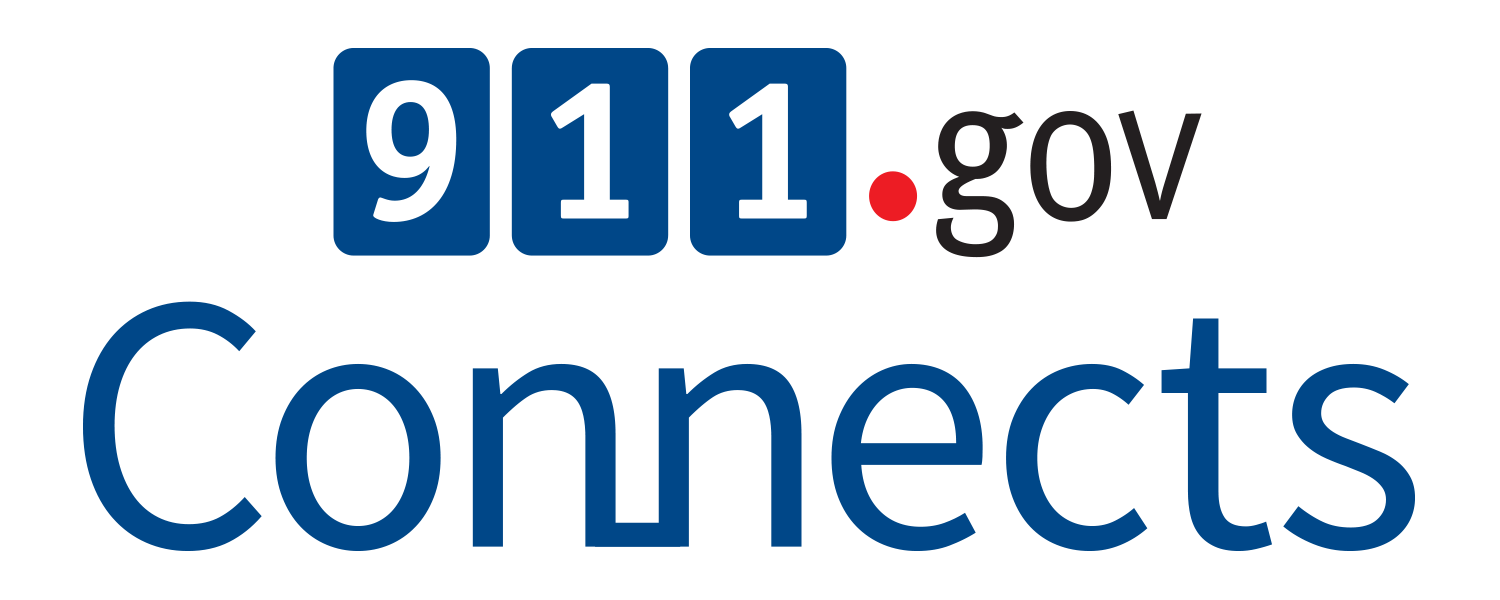One Year In: Highlights in ‘Advancing 911 Across the Nation’
.png)
It’s been nearly a year since I joined the NHTSA’s National 911 Program. The months have flown by, and it’s good to be able to say we’ve seen progress on our four main goals of “Advancing 911 Across the Nation.” This is due to the dedication and skill of those at NHTSA and to our partners across local, state and federal government and within the 911 community. Thank you for your continued collaboration and support.
There are many milestones from the past year; here are just a few highlights:
Three critical projects—the CAD Interoperability Assessment Project; the GIS Assessment Project; and 911 DataPath—will soon release final reports, concluding significant work by a group of stakeholders, leaders and industry experts to better understand these topics. Their findings will do much to inform progress toward a nationwide “system of systems.”
The release of a variety of new resources, including the National 911 Annual Report (2021 Data) and a new 911.gov website, which hosts hundreds of documents and tools for the 911 community. The latest National 911 Annual Report includes assessments of progress across the nation toward planning for Next Generation 911 (NG911) and measurement of how well states are adopting their NG911 plan, implementing Emergency Services IP Networks (ESInets) and using text-to-911.
Collaboration on an Interoperability Task Force designed to overcome interoperability challenges that stand in the way of a successful nationwide migration to NG911. This work is being done with our partners at the Department of Homeland Security (DHS), the Industry Council for Emergency Response Technologies (iCERT), the National Emergency Number Association (NENA) and the National Association of State 911 Administrators (NASNA), among others.
Continued activities to encourage the utilization of the four-part Public Safety Telecommunicator Reclassification toolkit and collaboration with local and national organizations. This effort assists ECC/PSAP leadership to easily gain knowledge on ways to directly impact reclassification efforts in their state.
Development of evidence-based resources that will help to improve post-crash care—from the 911 call through to prehospital care provided by EMS clinicians—one of the five key elements of the DOT’s National Roadway Safety Strategy.
I was honored to be selected by NENA as the keynote speaker for their annual “911 Goes to Washington” event in February. Seeing colleagues old and new always reignites my enthusiasm for the work we do.
I couldn’t close this without acknowledging April's National Public Safety Telecommunicators Week—our annual opportunity to applaud the compassion and competence of the thousands of telecommunicators who answer approximately 240 million calls to 911 annually.
Thank you for all you do, every day, to serve your communities. We will continue our work, every day, to advance the profession. Your dedication deserves nothing less.
The National 911 Program is proud to support the work of the nation’s telecommunicators and efforts to continue advancing our profession. Here’s to a bright future of continuing our good work together, advancing 911.
Brian Tegtmeyer, ENP
Coordinator
National 911 Program
National Highway Traffic Safety Administration



